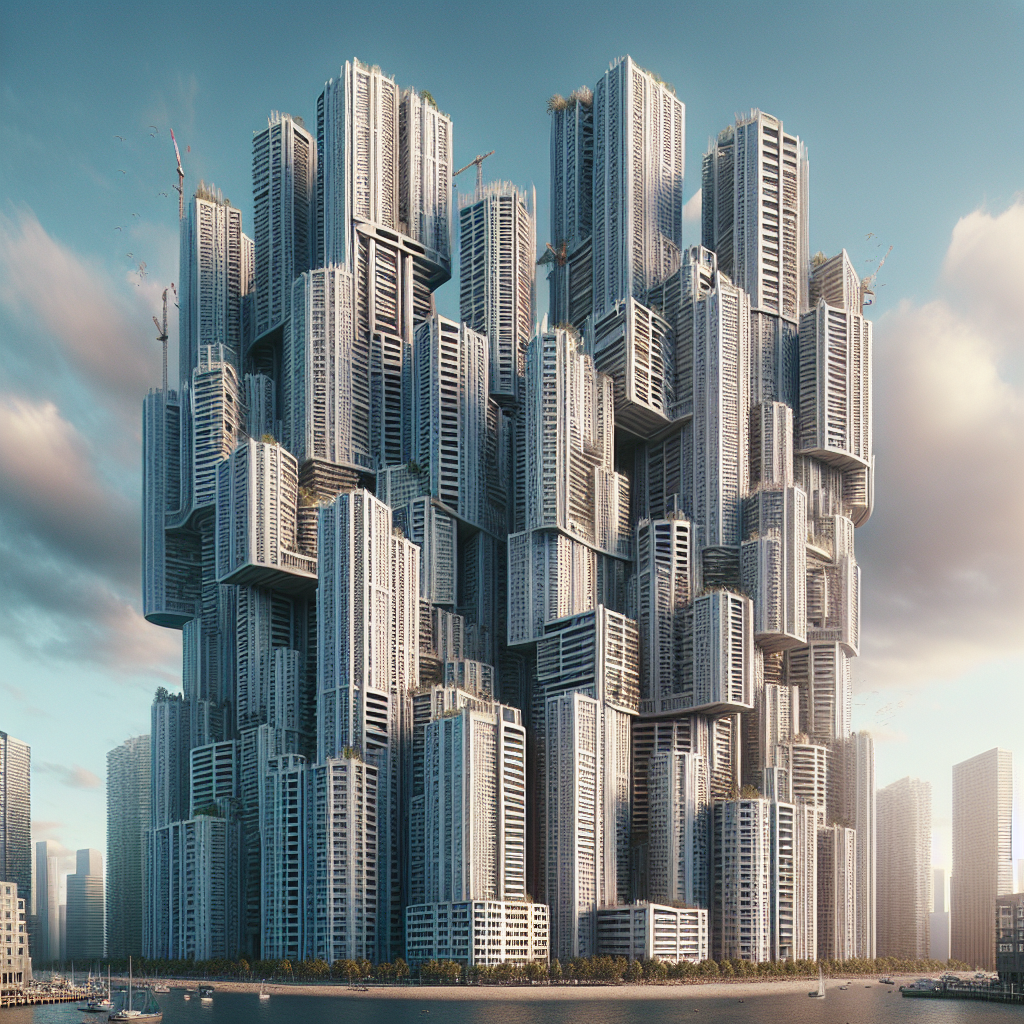Liat Towers is more than just another building; it’s a symbol of Singapore’s dynamic urban landscape. Situated on Orchard Road, one of the world’s most famous shopping streets, the Liat Towers have been a significant part of Singapore since they were completed in 1979. Over the years, they’ve seen massive changes and grown alongside Singapore’s vibrant retail scene. It’s an appealing story of evolution and resilience in a rapidly changing city.
The towers have housed many well-known international brands, serving as a retail paradise for locals and tourists alike. From high-end fashion outlets to cozy cafes, the array of options ensures that Liat Towers constantly buzzes with energy. The location is crucial here. Orchard Road is not just a road; it is an experience. People flock there for the sheer indulgence of the mall culture, the vibe of being in a cosmopolitan city, and yes, for the Instagram-worthy architecture.
For the Gen Z crowd, Liat Towers is more than a shopping destination. It’s a place to hang out, sip overpriced coffee, and use the free Wi-Fi. But in an era where e-commerce is thriving, why do these physical spaces matter? The answer lies in human interaction. Shopping online may be convenient, but it lacks the personal touch and the sensory experiences that a place like Liat Towers provides. The tactile feel of a designer handbag, the aroma of fresh bread baking in the cafes – these are experiences that cannot be downloaded.
Yet, there is a price to this charm, and it’s not just labeled in dollar signs. This urban development has its critics. To some, the transformation of places like Liat Towers represents a shift away from Singapore's historical roots, trading heritage for modern allure. Skylines crammed with towers can overshadow the cultural and historical facets of a city. That being said, isn’t evolution the essence of urban life?
It’s crucial to strike a balance between progress and preservation. Spaces like Liat Towers can coexist with the historical narratives of Singapore if mindful planning is employed, respecting the past while embracing the future.
From a sustainability standpoint, discussions often arise about the environmental cost of maintaining vast retail spaces. Concerns about energy consumption and waste are valid, particularly as greener alternatives are becoming essential in combating climate change.
The management of Liat Towers, like many urban centers, is making strides towards more sustainable practices. Energy-efficient lighting and waste management initiatives are some steps being taken. Awareness and consumer pressure continue to play significant roles in ensuring these changes are swift and effective.
Engagement with local communities also matters, as shopping districts can serve as community hubs. These spaces can foster a sense of belonging – a ‘home away from home’ feel. Gen Z values inclusivity and social responsibility, and places like Liat Towers have the potential to embody these values by supporting local businesses and offering communal spaces.
As the world becomes increasingly digital, the ways we perceive value and commerce are rapidly shifting. Liat Towers epitomizes this ongoing conversation. It stands as a monument to capitalism and connectivity, illustrating the old meets new, the tangible meets virtual.
Moreover, the culinary scene around Liat Towers is also worth noting. Singapore is known for its food, and this area doesn’t disappoint, offering a culinary journey from traditional hawker fare to modern fusion cuisines within walking distance.
Is Liat Towers just a fancy shopping complex, or is it part of the broader narrative depicting modern life? Architecturally, its sleek design captures the spirit of an era focused on luxury. Socially, it’s a testament to the way communities are formed around commerce.
It’s easy to look at towering structures and see nothing but steel and glass. Yet, structures like Liat Towers are part of the social fabric that many people interact with daily. They hold meaning and stories within their walls, much more than just their primary function.
For those on the ground, literally and metaphorically, Liat Towers can be an everyday escape, a place to dream, shop, and create memories. The heart of a city often lies in spaces like these where commerce and culture intersect, sparking new ideas and connections.
So next time you visit Liat Towers, think beyond the storefronts. Consider the lives this place touches, and the cultural conversations it’s part of. Shopping there isn't just a transaction – it's a snippet of life in a bustling city.

